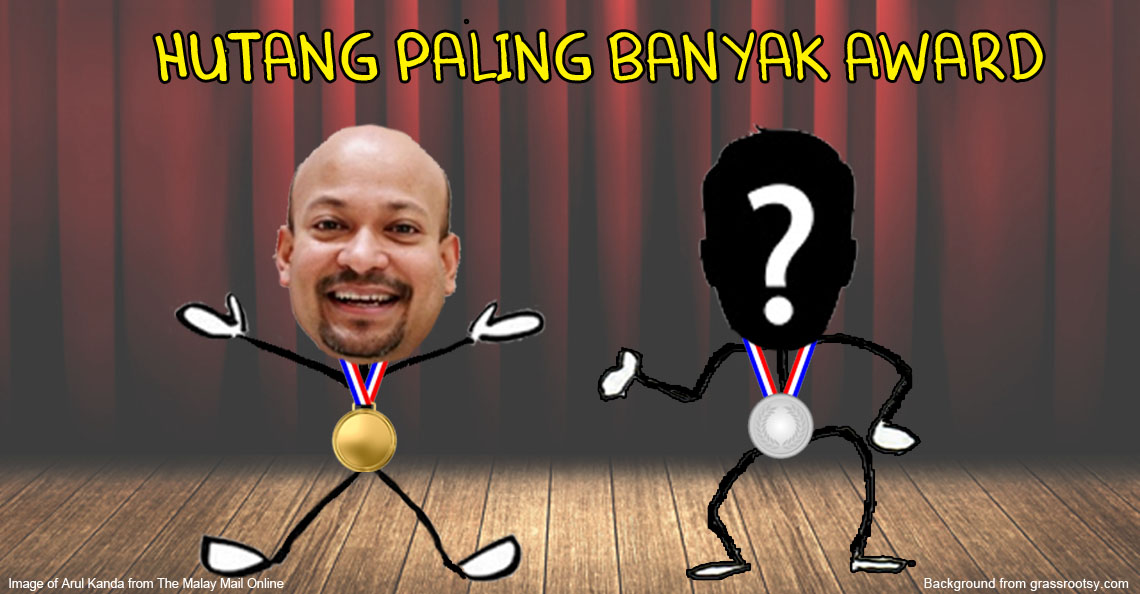What were Tun Mahathir’s contributions when he was Education Minister in the 70s?
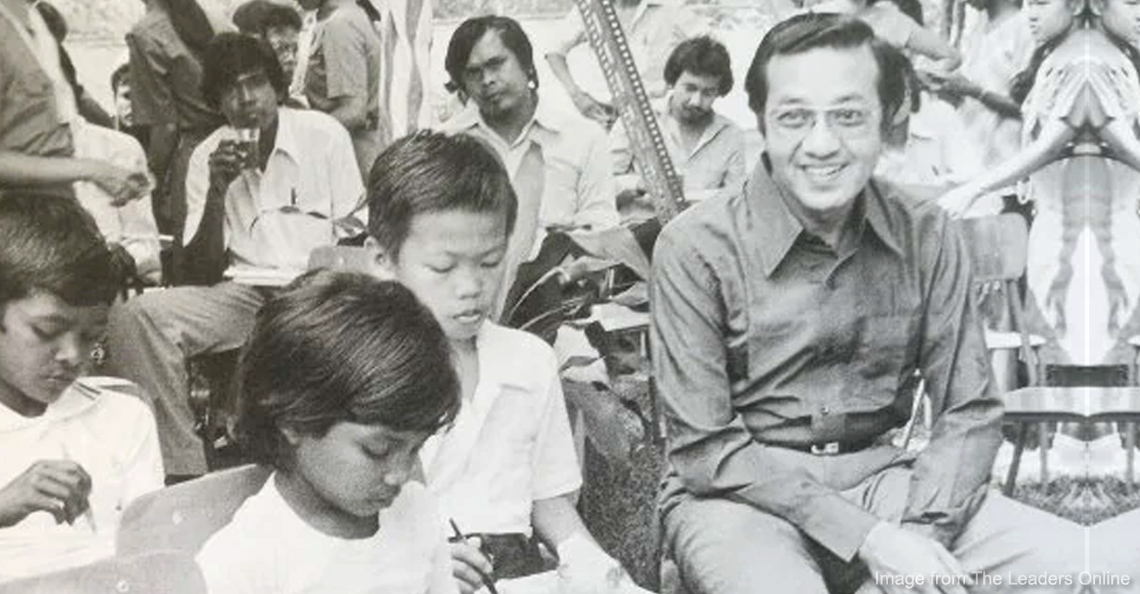
- 1.8KShares
- Facebook1.7K
- Twitter9
- LinkedIn12
- Email11
- WhatsApp44
So we started off 2020 with a very shocking piece of news…

“After meeting the Prime Minister (Tun Dr Mahathir Mohamad) earlier and following the advice from (someone who is) like a father to me, a leader and a great statesman, with a willing but a heavy heart, I, Maszlee Malik return my position as the Education Minister back to the prime minister effective Jan 3.” – Former Education Minister, Maszlee Malik, as quoted by NST.
And with his resignation, Tun Mahathir was made the acting Education Minister. He would hold this position until a new Education Minister is elected.
If you feel like you’re having a deja vu, that’s because Tun Mahathir used to be Education Minister back in 1974 and he served the ministry for three years. And although he later became the Deputy Prime Minister, he retained his portfolio as the Education Minister until 1978.
Anyways, at the time of writing, many are wondering if Tun Mahathir would be introducing any new policies or change any policies that were introduced by Maszlee (read: black shoe). But we can’t help but to think of Tun Mahathir’s contributions when he was the Education Minister in the mid-70s.
And a quick search brought us to when…
Tun Mahathir restricted university students to join the politics in 1975
Back in those days (and we’re talking about those days before Tun Mahathir became the Education Minister btw), student protests were pretty normal. There was the UiTM demonstration where students hijacked a train to take over their university and Tasek Utara demonstration featuring a very young Hishamuddin Rais, Universiti Malaya’s (then-) leftist leader.
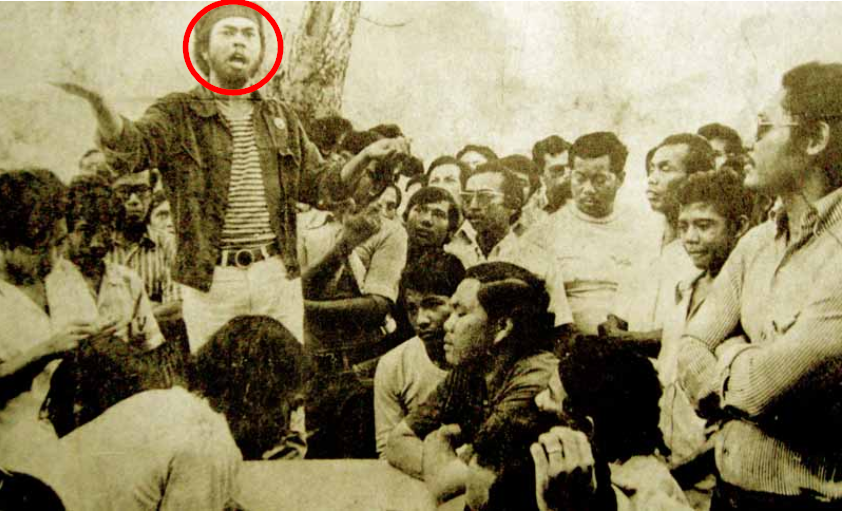
But all these sorta ended after the Baling demonstration in 1974, which involved some 10,000 students. The reason for this demonstration was to protest against the deflation in the price of rubber at that time – from 25 – 60 cents per catty to only 15 cents per catty. And because of this, the villagers lived in poverty. This somewhat sparked a hunger strike among the students. You can read the full story of the demonstration here.
Anyways, when this happened, Tun Mahathir, who was the Education Minister at that time, decided to amend the University and University Colleges Act 1971 (AUKU). AUKU initially functions to regulate the administration of public universities, and university students’ welfare and discipline. However, after this demonstration…
“The real impact can only be seen in 1975 when the Minister of Education at that time decided to make drastic amendments by including a few new sections that minimizes the role of students in university especially Section 15 that limits students from getting involved in politics.” – Ganeshwaran Kana, an excerpt from Projek MMO.
This amendment also meant that universities no longer get full autonomy over their own institutions. So, it kinda made sense why academicians and those involved in education opposed this move la.
According to a book called Mahathir: A Profile in Courage, Tun Mahathir was apparently using any necessary methods to silence critics on education policies. Wah, imagine Maszlee pulling this off when y’all commented on his black shoe policy.
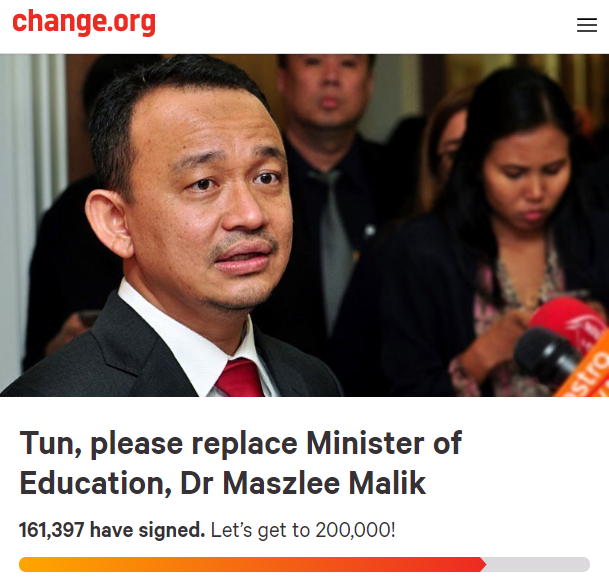
AUKU wasn’t amended once but three times and it was believed that the amendment made by Tun Mahathir was the most stringent. But he was actually pretty open to discuss with students about this amendment.
“Academic freedom, however, must not be confused with licence to act or to influence others to act in ways that threaten the basic ideals of Malaysian society.” – Tun Mahathir from Mahathir: A Profile in Courage.
But that’s not the only contribution made by Tun Mahathir la. Oddly enough, while researching for this article, we can’t help but to notice that a lot of new education policies were added after Tun Mahathir’s tenure as the Education Minister.
And that is thanks to…
The 1979 “Mahathir Report” that sparked education reform
When Tun Mahathir started as the Education Minister back in 1974, he led the Education Review Committee that was formed in 1974 to reassess the objectives and effects of the education system at that time including its curriculum to ensure the nation’s labour needs can be fulfilled.
So you can probably tell that most of Tun Mahathir’s time as the Education Minister was spent on analysing the education policies, particularly the Education Act 1961 with his committee members. And it took the committee almost five years to come up with a published recommendation.
The outcome of it? The Report of the Cabinet Committee to Review Educational Policy aka Mahathir Report (1979). You can find the 318 pages report here.
Oddly enough, this report is said to be in line with Tun Mahathir’s Vision 2020 which was later introduced when he became the Prime Minister.

Okay la, we gotta admit. We didn’t manage to go through the whole report but what we found was pretty interesting. Although the report didn’t particularly state what kind of policies that the ministry should implement, it is believed that this report reformed the education scene in Malaysia particularly the curriculum of primary and secondary schools.
Speaking of which, some of the education reform that happened thanks to this report are:
1. Malay language as the primary language used in schools
So back when our country was still under British colonialism, there were four main streams which are the English, Malay, Chinese and Tamil mediums. At that time, there weren’t any concrete education policies created for the schoolgoing Malayan.
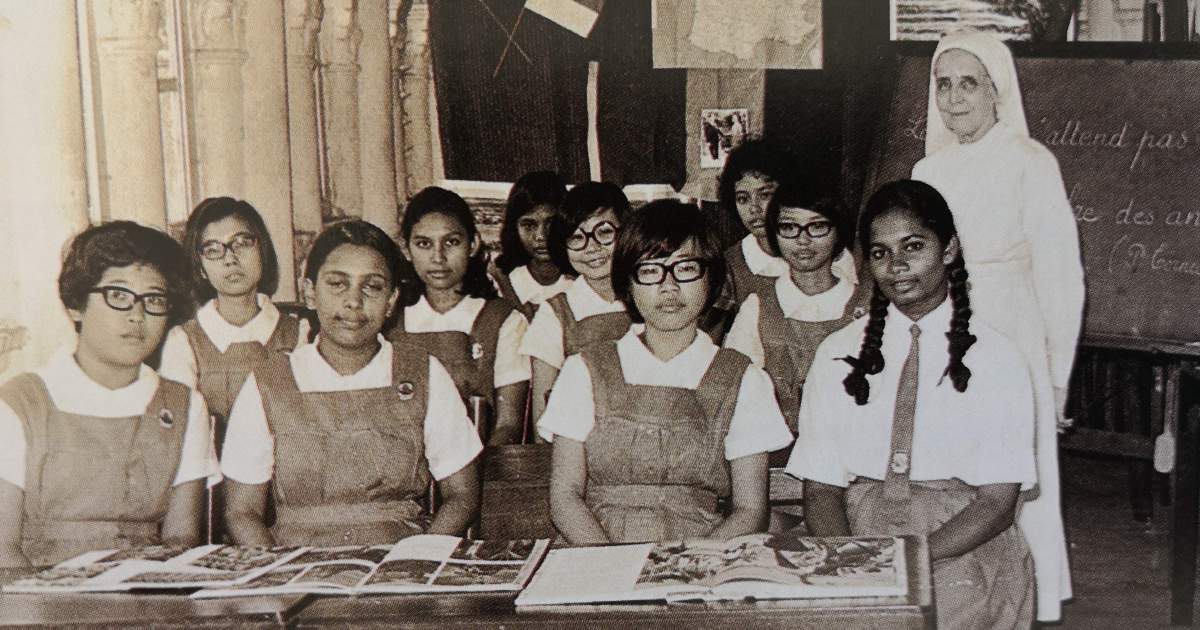
And if you remember your Sejarah lessons correctly, you’d notice that as our country progressed towards independence, education in Malaya saw a change based on the reports like the Barnes Report 1951 and Razak Report 1956. Despite these reports, schools were still using English as the main language of teaching and learning.
But that changed after Mahathir Report 1979. According to the report, the main language that should be taught in all schools, except for Chinese or Tamil schools as it is consistent with the Education Act 1961, is the Malay language. And this was done to give more focus on the capabilities to read, write and count.
At the same time, Tun Mahathir wanted students to emphasise on mastering English as well… but only as second language la. This is because he believes that the English language is an important tool to get access to knowledge and technology.
2. Introducing a more holistic curriculum for primary and secondary schools
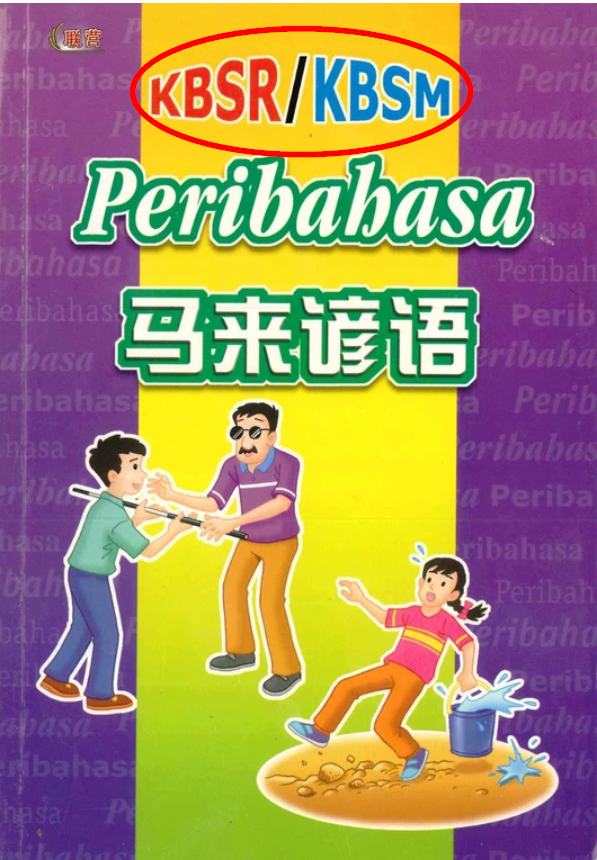
If you don’t remember those two terms circled in the image above then you’re probably too young. But if you do, then you’d oughtta know that the Kurikulum Baru Sekolah Rendah (KBSR) and Kurikulum Baru Sekolah Menengah (KBSM) were implemented as a result of the Mahathir Report.
“As the Education Minister in the 1970s, he was responsible for the introduction of the new school curricula for both primary and secondary schools, or the KBSR and KBSM, which were designed to offer holistic education to create balanced, all-rounded individuals.” – Prof Datuk Dr Hashim Yaacob, former Universiti Malaya Vice-Chancellor to The Star.
And under this reformation, several subjects like Pendidikan Islam, Moral, Sivik and Kemahiran Hidup were introduced in the school syllabus.
3. Making Pendidikan Islam a compulsory subject in SPM!?
You read that right, gais. As it turns out, several subjects like the Pendidikan Islam, Moral and Sivik weren’t included in the major examinations in schools like SRP (now known as PT3) or even SPM. That is, until the Mahathir Report came out.
“According to what’s happening now, although all Muslim students are required to learn Islamic studies, they aren’t required to sit for the examination in SRP and SPM. This is why there are those who don’t care or won’t study hard for this subject.” – An excerpt from the Mahathir Report 1979. Translated from BM.
The report then suggests that Pendidikan Islam should be made a compulsory subject in public examinations. However, unlike Bahasa Melayu, it won’t be a subject that determines whether students pass their examinations or not. This is to not affect students’ performances in general.
Actually, there may have been more things Tun Mahathir contributed while he was the Education Minister back then seeing how academicians praised him when he retired as the fourth Prime Minister. And looking at the changes in the education development when Tun Mahathir was the then Education Minister, we can’t help but to wonder…
…what kind of changes will Tun Mahathir make now?
Earlier in the intro we mentioned how people are keen to know if Tun Mahathir would come up with new education policies. And, at the time of writing, Tun Mahathir has considered to make some changes to the ministry itself.
He was reportedly considering to split the Education Ministry to form a new Higher Education Ministry. In fact, he would be studying the proposals to recognise the Unified Examination Certificate.
Oh, and if you’re wondering if Tun Mahathir would be changing the black shoe policy, well, we’ve got an answer for you. According to him, students are free to wear shoes of any colour that they like.
“You can wear brown shoes, black shoes, grey shoes, white shoes or any shoes. As far as I am concerned, you can wear any shoes.” – Tun Mahathir to FMT.

Apart from that, he also mentioned that he has some ideas on how to improve the education system in Malaysia. After attending several briefings by the Education Ministry to understand the its functions and responsibilities, Tun Mahathir said…
“We find there are many things that need to be reviewed, (to see) whether they are good or not. We also find that people normally make comments and we will take into consideration their comments and decide if we need to make changes or not.” – Mahathir, an excerpt from Prime Minister’s Office Malaysia.
At the time of writing, there aren’t any updates on what Tun Mahathir’s plans are, or what he wants to review. So we shall just wait and see if he can bring up our education system from a sederhana tier to a maha tier.
If you enjoyed this story and want more, please subscribe to our HARI INI DALAM SEJARAH Facebook group ?
- 1.8KShares
- Facebook1.7K
- Twitter9
- LinkedIn12
- Email11
- WhatsApp44


